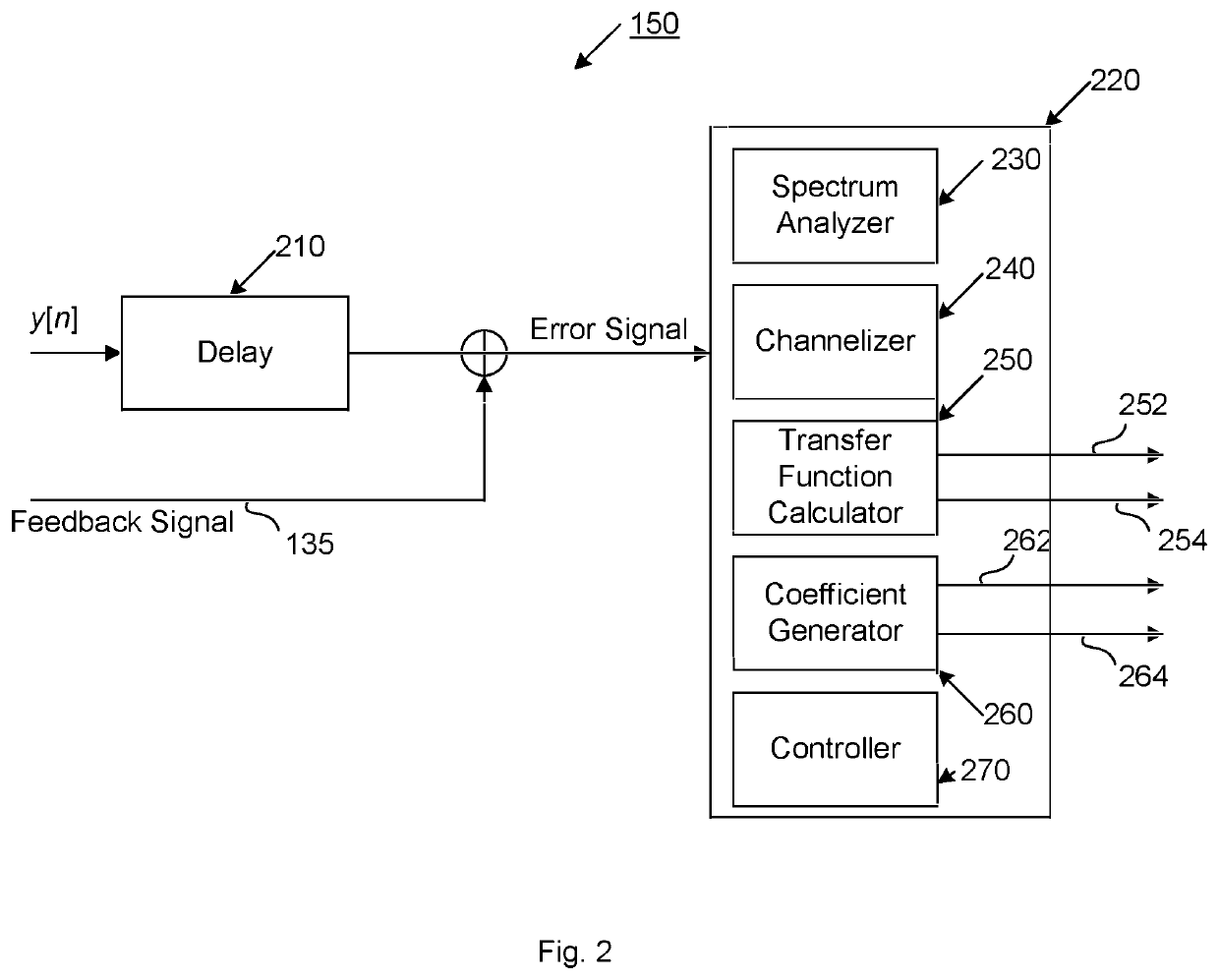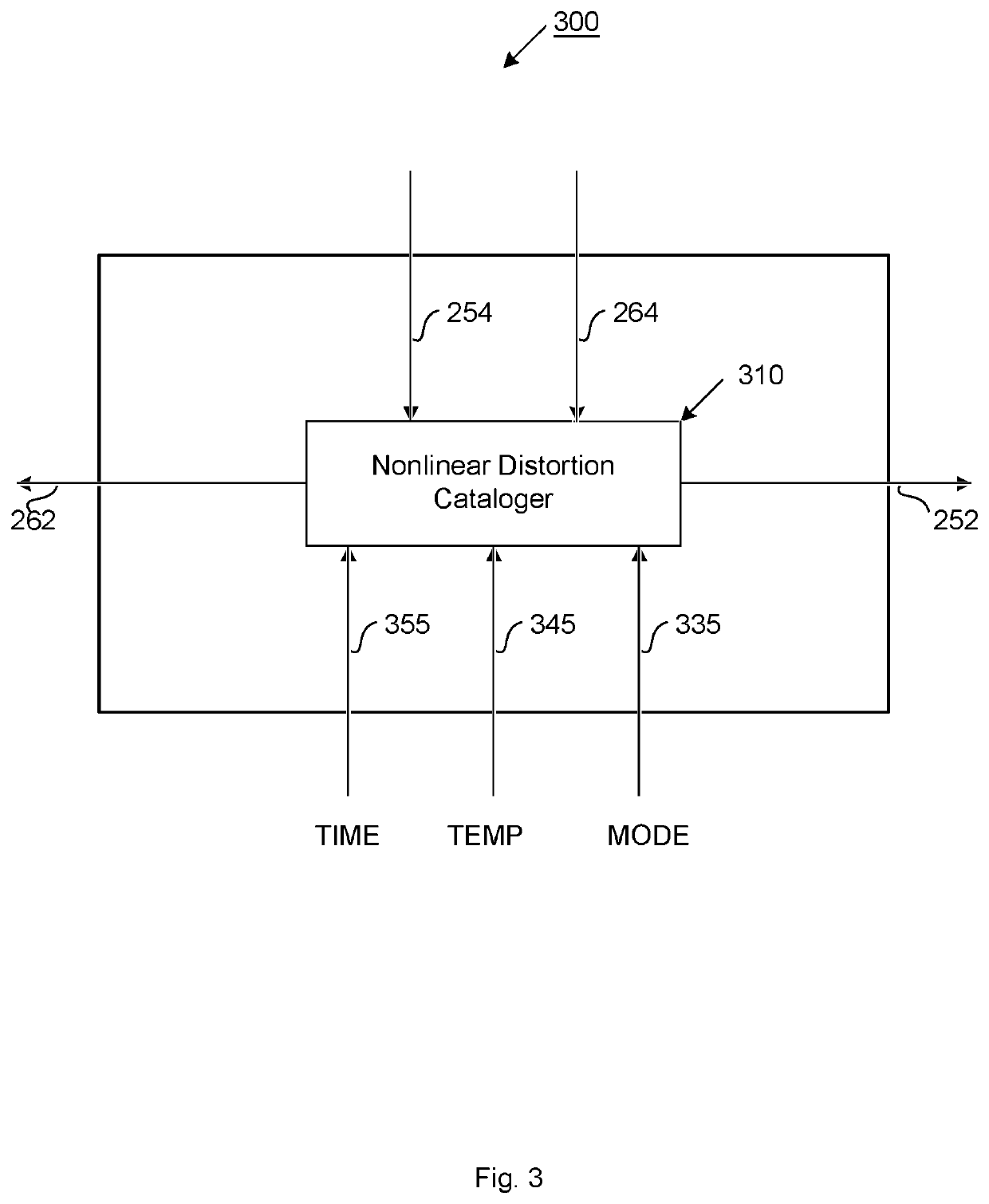Multi-dimensional compensator
a compensator and multi-dimensional technology, applied in the field of electronic devices, can solve the problems of limiting the effectiveness of applications with rapidly changing environments, requiring calibration and operation processing requirements, and other problems, to achieve the effect of accurately modeling distortion, accurately modeling the various changing states of the device, and consuming minimal processing resources for both calibration and operation
- Summary
- Abstract
- Description
- Claims
- Application Information
AI Technical Summary
Benefits of technology
Problems solved by technology
Method used
Image
Examples
Embodiment Construction
[0049]Further features and advantages of the invention, as well as the structure and operation of various embodiments of the invention, are described in detail below with reference to the accompanying FIGS. 1-32, wherein like reference numerals refer to like elements. Although the invention is described in the context of power amplifiers and analog-to-digital converters, one of ordinary skill in the art readily appreciates that the techniques and embodiments described herein are applicable to any type of electronic component where it is desired to accurately and adequately eliminate inherent non-linear errors.
[0050]FIG. 1 illustrates a general adaptive linearized power amplifier system 100. The system 100 comprises a compensator 105, an RF transmitter 120, a power amplifier 110, and an RF receiver 130. The compensator 100 receives an uncompensated input signal y[n] and produces a compensated output signal z[n]. The RF transmitter 120 comprises a digital-to-analog converter and may o...
PUM
 Login to View More
Login to View More Abstract
Description
Claims
Application Information
 Login to View More
Login to View More - R&D
- Intellectual Property
- Life Sciences
- Materials
- Tech Scout
- Unparalleled Data Quality
- Higher Quality Content
- 60% Fewer Hallucinations
Browse by: Latest US Patents, China's latest patents, Technical Efficacy Thesaurus, Application Domain, Technology Topic, Popular Technical Reports.
© 2025 PatSnap. All rights reserved.Legal|Privacy policy|Modern Slavery Act Transparency Statement|Sitemap|About US| Contact US: help@patsnap.com



